Austenitic stainless steel
Austenitic

Austenitic stainless steel - austenitic grades of stainless steel contain chromium and nickel. It is nickel that increases deformability and corrosion resistance. These steels are non-magnetic. They are well suited for heat treatment and welding. With an increase in the content of chromium and nickel, austenitic stainless steel has better resistance to oxidation at high temperatures. Such steels are also called heat-resistant steels.
Frequently Asked Questions About Austenitic Stainless Steel
- architecture (facing, facades);
- interior design;
- roofing and gutters;
- doors and windows;
- dishes, cutlery;
- benches and food preparation areas;
- food equipment;
- heat exchangers;
- kitchen sinks;
- ovens and parts of furnaces;
- chemical tanks.
- excellent corrosion resistance;
- suitable for both cold and hot processing;
- high plasticity;
- optimal overall performance;
- wide range of applications;
List of austenitic stainless steel grades
List of stainless steel grades of the austenitic type. To get detailed information about a specific grade, follow the link from the list.
Stainless Steel Grade AISI 304L | EN 1.4306 | EN 1.4307 | DIN X2CrNi19-11

AISI 304L | EN 1.4306 | EN 1.4307 | DIN X2CrNi19-11 is essentially a higher alloy version of EN 1.4307 | DIN X2CrNi18-9. Due to the higher chromium content and especially the
...Stainless Steel Grade AISI 304LN | EN 1.4311 | DIN X2CrNiN18-10

Stainless steel grade AISI 304LN / EN 1.4311 / DIN X2CrNiN18-10 is an austenitic stainless steel with the addition of nitrogen. In fact, it is a reinforced version of the
...Stainless Steel Grade AISI 304N | S30451

AISI 304N | S30451 - The stainless steel version of AISI 304 is strengthened by adding nitrogen to its composition. This means that when comparing the two grades, AISI 304N has a
...Stainless Steel Grade AISI 305 | EN 1.4303 | DIN X4CrNi18-12

Stainless steel AISI 305 | EN 1.4303 | DIN X4CrNi18-12 is a chromium-nickel austenitic stainless steel with a low degree of strain hardening due to the increased nickel content.
...Stainless Steel Grade AISI 306 | EN 1.4361 | DIN X1CrNiSi18-15-4

AISI 306 | EN 1.4361 | DIN X1CrNiSi18-15-4 is an austenitic stainless steel developed for primary forming into forged products. It is used for parts exposed to hot concentrated
...Stainless Steel Grade AISI 307Si | EN 1.4370 | DIN X15CrNiMn18-8

AISI 307Si | EN 1.4370 | DIN X15CrNiMn18-8 is a superalloyed, fully austenitic stainless steel alloy. It is suitable for welding difficult to weld (martensitic, duplex)
...Stainless Steel Grade AISI 308L | EN 1.4316 | DIN X1CrNi19-9

AISI 308L | EN 1.4316 | DIN X1CrNi19-9 is a grade of stainless steel that is an austenitic stainless steel intended for welding (welding wire) and for primary molding into forged
...Stainless Steel Grade AISI 309 | EN 1.4828 | DIN X15CrNiSi20-12

AISI 309 | EN 1.4828 | DIN X15CrNiSi20-12 - is an austenitic high-alloy stainless steel with a large amount of chromium. It has very high corrosion resistance and strength than
...Stainless Steel Grade AISI 309S | EN 1.4833 | DIN X12CrNi23-13

AISI 309S | EN 1.4833 | DIN X12CrNi23-13 is an austenitic stainless steel that provides excellent corrosion resistance and heat resistance, as well as good strength at room
...Stainless Steel Grade AISI 310S | EN 1.4845 | DIN X8CrNi25-21

AISI 310S | EN 1.4845 | DIN X8CrNi25-21 | 20Х23Н18 - is a stainless steel that has high mechanical strength and impact toughness. It has excellent resistance to high-temperature
...Stainless Steel Grade AISI 314 | EN 1.4841 | DIN X15CrNiSi25-20
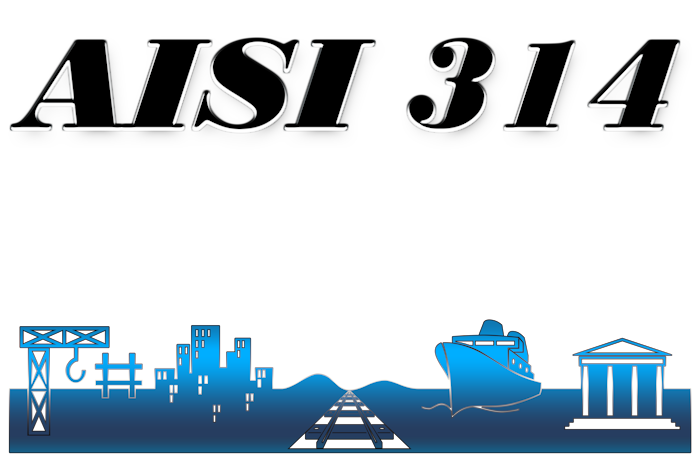
AISI 314 | EN 1.4841 | DIN X15CrNiSi25-20 - is an austenitic stainless steel that has excellent heat resistance characteristics (heat-resistant stainless steel) among
...Stainless Steel Grade AISI 316 | EN 1.4401 | DIN X5CrNiMo17-12-2
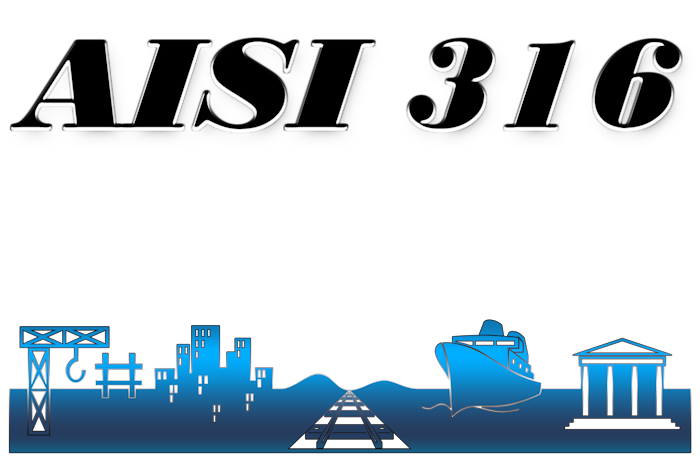
AISI 316 | EN 1.4401 | DIN X5CrNiMo17-12-2 is an acid-resistant austenitic stainless steel that is suitable for use in aggressive environments: phosphoric, nitric, citric, lactic,
...Stainless Steel Grade AISI 316Cb | EN 1.4580 | DIN X6CrNiMoNb17-12-2

AISI 316Cb | EN 1.4580 | DIN X6CrNiMoNb17-12-2 - is an austenitic chromium-nickel stainless steel alloy that provides excellent corrosion resistance and increased strength at
...Stainless Steel Grade AISI 316F | S31620

AISI 316F | S31620 is a low-carbon modification of the popular AISI 316 stainless steel grade. It contains iron, carbon, silicon, manganese, phosphorus, sulfur, chromium, nickel
...Stainless Steel Grade AISI 316HMo | EN 1.4436 | DIN X3CrNiMo17-13-3

AISI 316HMo | EN 1.4436 | DIN X3CrNiMo17-13-3 - austenitic stainless steel. This is an improved and refined version of grade 316L. The main difference between the grades is the
...Stainless Steel Grade AISI 316L | EN 1.4435 | DIN X2CrNiMo18-14-3
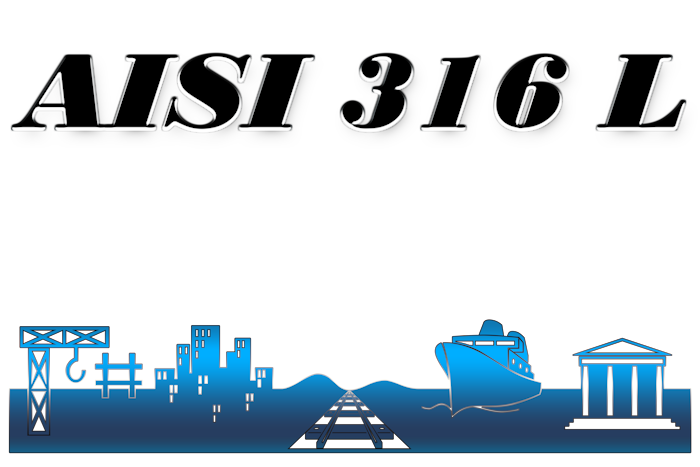
AISI 316L | EN 1.4435 | DIN X2CrNiMo18-14-3 is a modified austenitic stainless steel with extremely low silicon content and much higher molybdenum content. Low carbon content
...Stainless Steel Grade AISI 316LN | EN 1.4429 | DIN X2CrNiMoN17-13-3

AISI 316LN | EN 1.4429 | DIN X2CrNiMoN17-13-3 is an austenitic CrNi-molybdenum stainless steel. It has high stability and extremely low permeability. Its nitrogen content provides
...Stainless Steel Grade AISI 316LSi | EN 1.4430 | DIN X2CrNiMo19-12

AISI 316LSi | EN 1.4430 | DIN X2CrNiMo19-12 is an austenitic stainless steel that belongs to the group of acid-resistant stainless steels of the 300 series. Provides good general
...Stainless Steel Grade AISI 316N | S31651
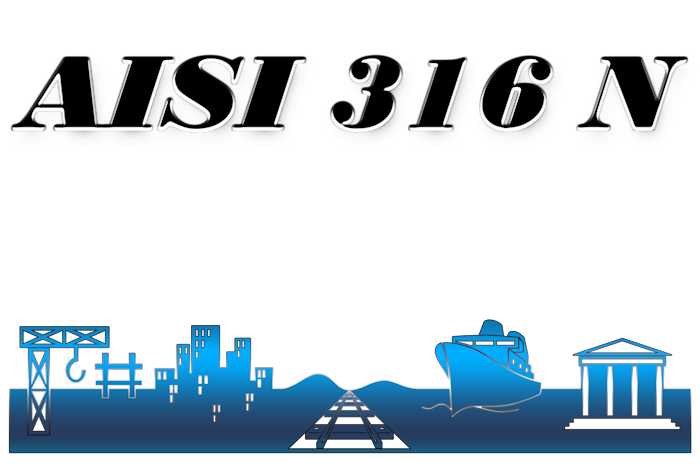
AISI 316N | S31651 is a standard austenitic stainless steel grade containing molybdenum. It has excellent formability and excellent welding characteristics. It has found quite
...Stainless Steel Grade AISI 316Ti | EN 1.4571 | DIN X6CrNiMo17-12-2

AISI 316Ti | EN 1.4571 | DIN X6CrNiMo17-12-2 | 10Х17Н13М2Т - austenitic stainless steel. This is a version of AISI 316 steel with the addition of titanium to the composition. It
...
Page 2 of 3
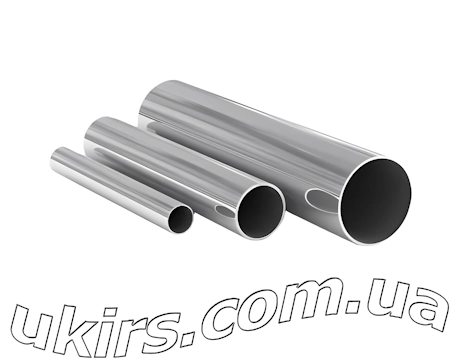 Stainless Steel Round Pipe
Stainless Steel Round Pipe 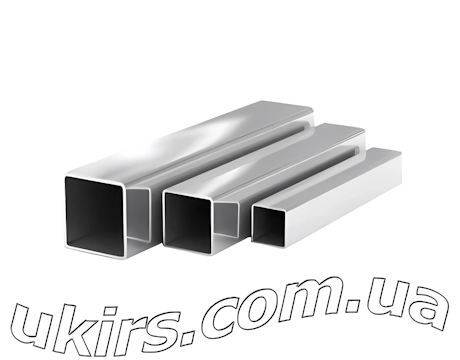 Stainless Steel Square Pipe
Stainless Steel Square Pipe 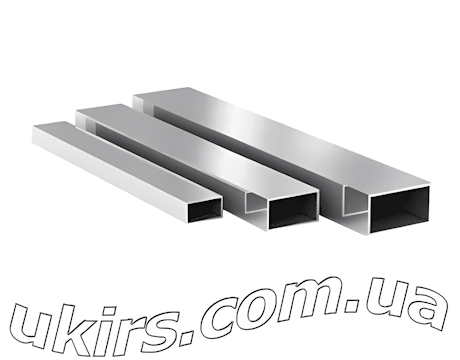 Stainless Steel Rectangular Pipe
Stainless Steel Rectangular Pipe 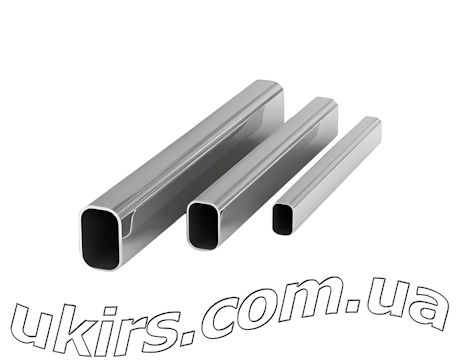 Stainless Steel Oval Pipe
Stainless Steel Oval Pipe 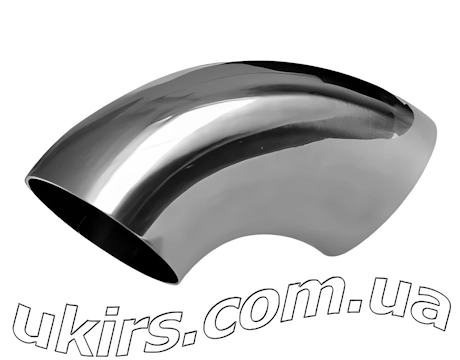 Stainless Steel Elbow
Stainless Steel Elbow 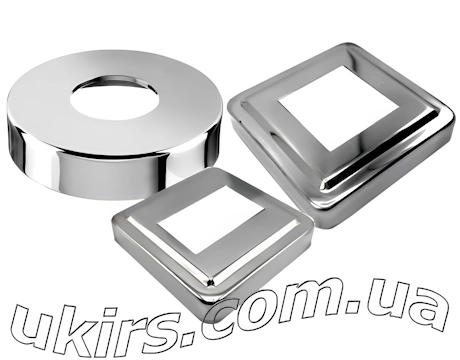 Stainless Steel Decorative Cover
Stainless Steel Decorative Cover 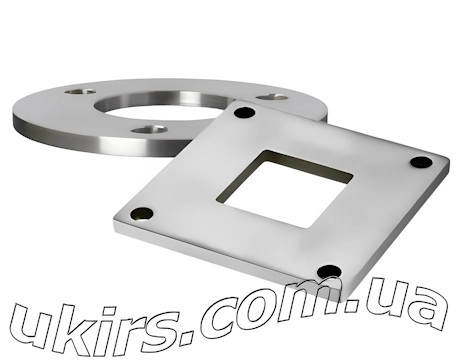 Stainless Steel Flange
Stainless Steel Flange 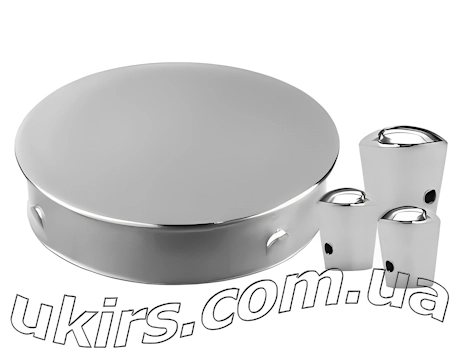 Stainless Steel Plug / Cap
Stainless Steel Plug / Cap 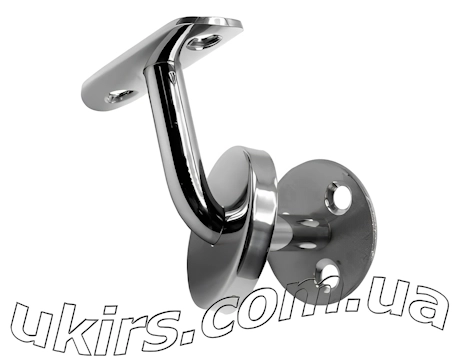 Stainless Steel Handrail Holder
Stainless Steel Handrail Holder